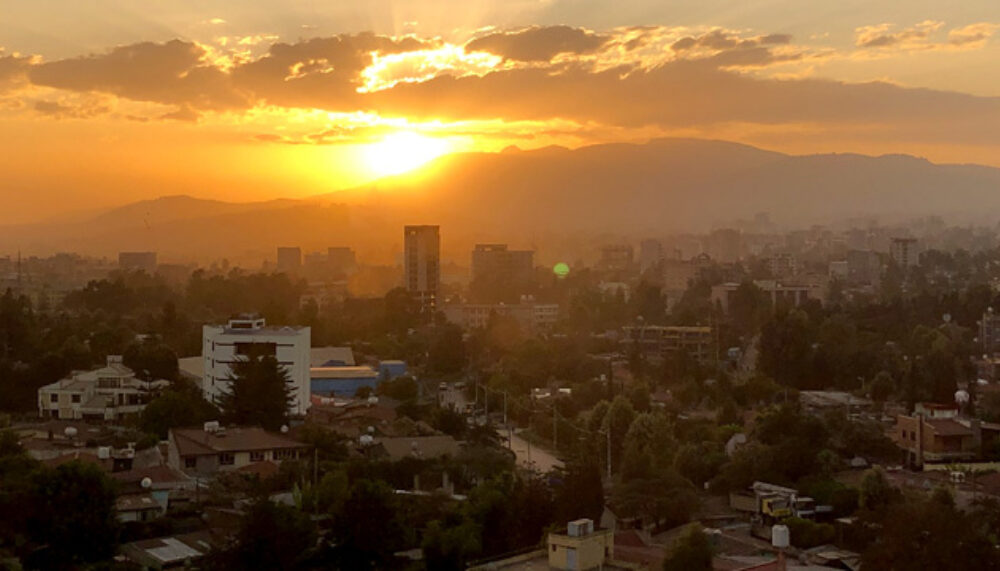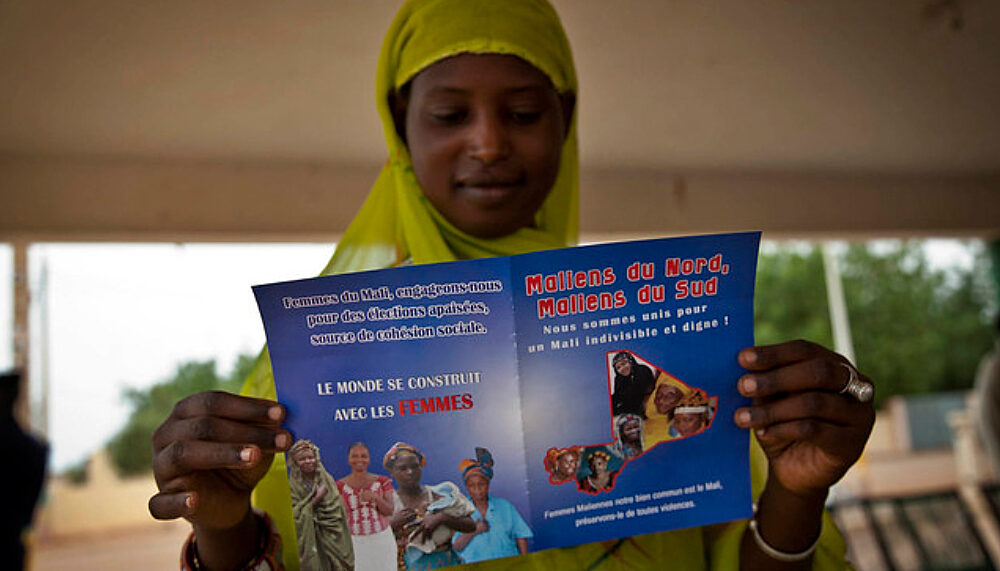Search Results

Supporting local peace structures in Ethiopia
Working closely with the GIZ and national partners, the project aims to strengthen Local Peace Committees in Benishangul-Gumuz in Ethiopia.
- Past Project 2019 - 2021

Service Centre Peace Education
The project offers learning media, teacher trainings and activities at schools to strengthen peace education at schools in Baden-Württemberg.
- Current Project
[BF] Our Themes Landing Page
[BF] Our Work Landing Page

Our work in Sub-Saharan Africa
We support various types of dialogue spanning high-level political dialogue, civil-society forums, and grass-roots dialogue initiatives.
- Overview

Conflict resolution with Salafi-jihadi groups
The research project examined (de-)escalation trajectories of Salafi-jihadi armed groups and explored options and challenges for conflict resolution.
- Past Project 2017 - 2019

Incremental inclusivity in peace process design
This project analyses the incremental inclusion of non-state armed groups and societal actors during different stages of a peace process.
- Past Project 2019 - 2020

Community resilience to violent extremism
The comparative research project examines root causes and driving factors of violent extremism in local communities across seven countries in the MENA and Balkans.
- Past Project 2020 - 2023

#vrschwrng
The model project aims to give young people the opportunity to have a critical look at conspiracy theories and their underlying narratives.
- Current Project